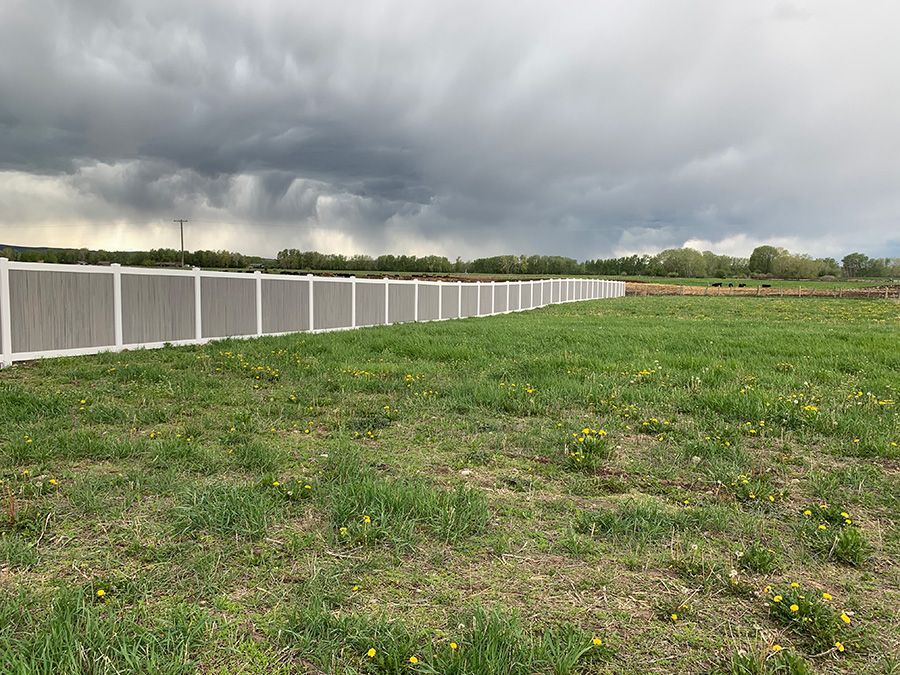Ornamental iron fences represent more than mere functional barriers—they embody art, craftsmanship, and rich history. The history of ornamental iron fences is intricately linked to architectural styles and cultural trends, offering a blend of utility and beauty. Come along as we uncover the origin, evolution, and lasting impact of ornamental iron fences on modern design.
Origins of Ornamental Iron Fencing
The origins of ornamental iron fencing can be traced back to the ancient civilizations of Egypt and Rome, where metals like iron and bronze were used to create barriers and decorative elements. These early iron fences were often simple and functional, designed more for security than aesthetics. However, as metallurgy advanced, so did the potential for more elaborate and artistic designs.
Major Shifts in Ornamental Iron Fence Designs
During the 17th century, ornamental iron fencing evolved, becoming more detailed and artistic, especially in Europe. The industrial revolution of the 18th century was pivotal in making iron more affordable, enabling the creation of elaborate designs. Fences and gates adorned with intricate scrollwork, finials, and ornate patterns flourished in palaces and estates, marking the golden age of ornamental iron work.

Influence of Culture on Designs
As iron fencing spread across different regions, designs became more influenced by local culture and heritage. In France, the baroque-style fences highlighted aristocratic traditions, while in the U.S., iron fences were a sign of status, particularly among wealthy industrialists and landowners. These cultural influences resulted in diverse designs, each reflecting regional tastes and available materials.
Modern Adaptations of Traditional Styles
In the present day, ornamental iron fencing has evolved to align with modern aesthetics, incorporating new materials and technologies alongside traditional styles. While the classic, ornate designs remain popular, there's a growing trend toward minimalist, contemporary adaptations that suit both residential and commercial applications, balancing elegance with durability. Today's designs continue to honor the rich history of ornamental iron fences, yet adapt to modern tastes and preferences.
Conclusion
The history of ornamental iron fences spans centuries, transforming from simple security features to beautiful works of art. Whether you’re considering ornamental iron fencing for your property or simply admire its craftsmanship, the rich legacy and modern adaptations of these fences make them an exceptional and timeless option.
Which ornamental iron fence design resonates with you? Share your thoughts in the comments below!
#OrnamentalIronFencing #HistoryOfFencing #IronFences #FenceDesign #Metalwork #DecorativeIron #FencingHistory #ModernDesign #CulturalDesign